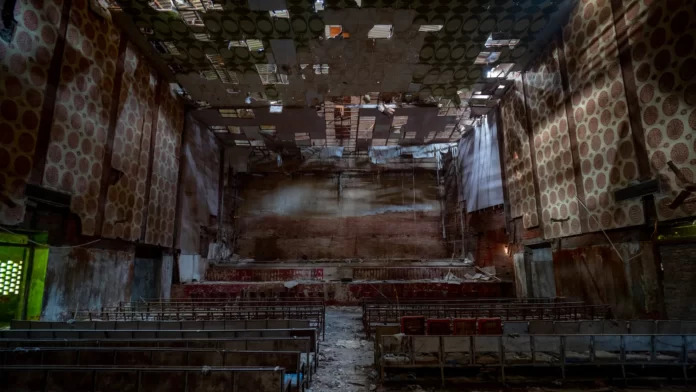Single-screen theatres in India have long been an integral part of the nation’s cultural fabric. These iconic venues have witnessed the evolution of Indian cinema, from the era of black and white classics to the dazzling spectacles of contemporary blockbusters. Yet, their journey has been fraught with challenges, exacerbated by the COVID-19 pandemic. This journal explores the resilience of single-screen theatres, their recent resurgence, and the ongoing pursuit of expansion into multiplexes.
The Glorious Past:
Single-screen theatres, with their grand architectural designs and ornate interiors, once reigned supreme as the primary mode of film exhibition in India. These cinemas were more than just places to watch movies; they were community hubs where people from diverse backgrounds came together to experience the magic of cinema. Iconic films like “Mughal-e-Azam” and “Sholay” drew audiences in hordes, creating unforgettable memories.
Pre-Pandemic Challenges:
However, even before the pandemic, single-screen theatres were grappling with a shifting landscape. The emergence of multiplexes with state-of-the-art facilities and plush seating posed stiff competition. Moreover, the rise of streaming platforms provided viewers with convenient alternatives to traditional cinema outings. Many single screens struggled to update their technology and amenities to meet evolving audience expectations.
The Pandemic Blow:
The COVID-19 pandemic hit the entertainment industry hard, and single-screen theatres were no exception. Extended lockdowns and safety concerns forced many to shut their doors temporarily, causing significant financial strain. The future appeared bleak as uncertainty loomed.
The Resilience and Revival:
Against all odds, single-screen theatres displayed remarkable resilience. As the pandemic ebbed and flowed, they found a lifeline in mass-market movies that resonated with audiences across India’s small towns and cities. Films like “Gadar 2” and “Jawan” struck a chord, drawing viewers back to the cinemas. Affordable ticket prices played a crucial role in this resurgence, making cinematic experiences accessible to a broader audience.
The Quest for Expansion:
The recent success of single-screen theatres has instilled hope, but owners are well aware that such strokes of luck are transient. To ensure long-term viability, many are exploring the possibility of expanding into multiplexes. This strategic shift aims to cater to a more diverse range of moviegoers while incorporating modern amenities and experiences.
Single-screen theatres in India have weathered storms, from pre-pandemic challenges to the disruptive force of COVID-19. Their ability to adapt and evolve is a testament to their enduring relevance in the cinematic landscape. As they look toward the future, the quest for expansion into multiplexes symbolizes their determination to preserve the magic of cinema while staying competitive in a dynamic industry. The story of single-screen theatres is one of resilience, revival, and the unwavering pursuit of cinematic excellence.
Disclaimer: The thoughts and opinions stated in this article are solely those of the author and do not necessarily reflect the views or positions of any entities represented and we recommend referring to more recent and reliable sources for up-to-date information.



